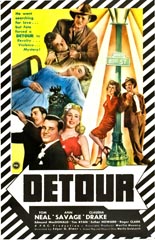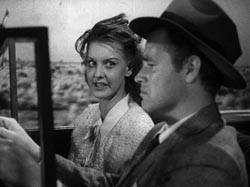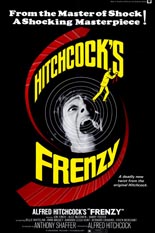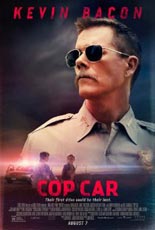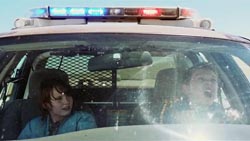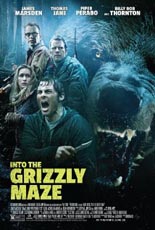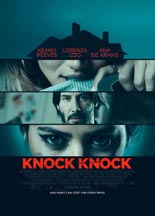
 Extremely limited in range, Keanu Reeves works best when the film doesn’t ask him to do much more than brood, à la The Matrix or, more recently, John Wick. Eli Roth’s Knock Knock is not one of them. Reeves is severely miscast as family man Evan Webber, and his unease in the role is apparent when he interacts with his two children. Still, he’s likable and you want to see him succeed.
Extremely limited in range, Keanu Reeves works best when the film doesn’t ask him to do much more than brood, à la The Matrix or, more recently, John Wick. Eli Roth’s Knock Knock is not one of them. Reeves is severely miscast as family man Evan Webber, and his unease in the role is apparent when he interacts with his two children. Still, he’s likable and you want to see him succeed.
Nursing a shoulder injury and busy with his work as an architect, Evan is unable to accompany his artist wife (Ignacia Allamand, Roth’s The Green Inferno) and their two children for a beach weekend. He stays home and, one rainy night, toils on a design, smokes some dope and makes the mistake of answering the front door. There stand Genesis (Aftershock’s Lorenza Izzo, aka Mrs. Eli Roth) and Bel (Ana de Armas, Blind Alley), two young women, soaking wet and radiating sexuality. Feigning a need to use his phone, the girls enter Evan’s home and, soon enough, his pants. The morning after, they refuse to go.
 It’s like the classic Saturday Night Live sketch with John Belushi as “The Thing That Wouldn’t Leave” reworked into a kinky, psychosexual thriller, but really, it’s a thinly veiled remake of 1977’s Death Game, in which horny turns to horror for Seymour Cassel, thanks to Sondra Locke and Colleen Camp (who has a cameo here and serves as a producer). Overnight, Genesis and Bel do the same, morphing from fantasy tramps into nightmare fuel. Acting like the underaged children they now claim to be (read: blackmail), they wreck his house and threaten to wreck his life.
It’s like the classic Saturday Night Live sketch with John Belushi as “The Thing That Wouldn’t Leave” reworked into a kinky, psychosexual thriller, but really, it’s a thinly veiled remake of 1977’s Death Game, in which horny turns to horror for Seymour Cassel, thanks to Sondra Locke and Colleen Camp (who has a cameo here and serves as a producer). Overnight, Genesis and Bel do the same, morphing from fantasy tramps into nightmare fuel. Acting like the underaged children they now claim to be (read: blackmail), they wreck his house and threaten to wreck his life.
A little restraint would have been nice, but Roth lets the boorish chaos spin needlessly out of control; for instance, seeing Genesis chug pancake syrup from the bottle is one of those moments that takes viewers out of the movie. His grip on the earlier tension loosens as if he’s more interested in saying, “Dudes, look how hot my wife is!” As a result, the entire middle of Knock Knock does not work.
And then at the hour-and-16 mark, a bound Reeves is given an incredible monologue that immediately whiplashes the flick into pure camp — a perch in which it luckily stays through the wickedly funny final beat. In part, Reeves’ screamed, spittle-strewn speech: “Death? Death? You’re gonna kill me. You’re gonna fucking kill me. Why? Why! Because I fucked you? You fucked me! You fucked me! You came to my house! You came to me! I got you a car, I brought you your clothes, you took a fucking bubble bath! You wanted it! You wanted it! You came onto me! What was I supposed to do? You sucked my cock, you both fucking sucked my cock! It was free pizza! Free fucking pizza!”
I love free pizza. —Rod Lott

